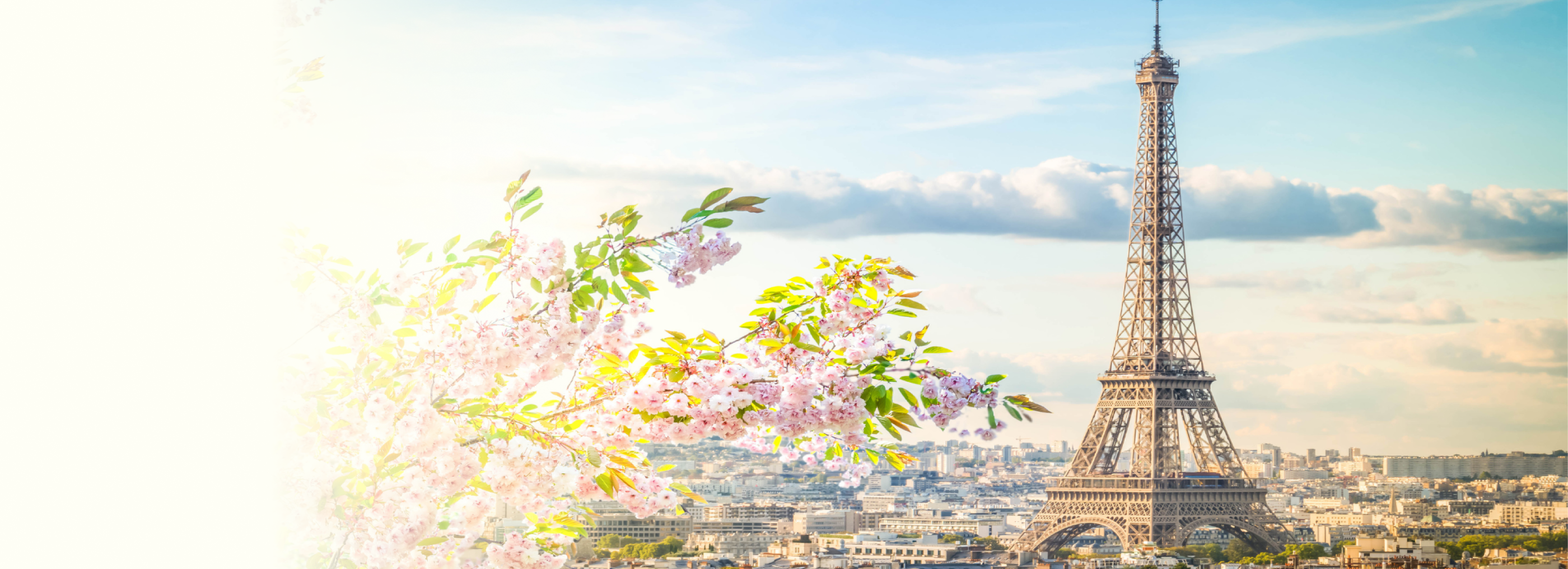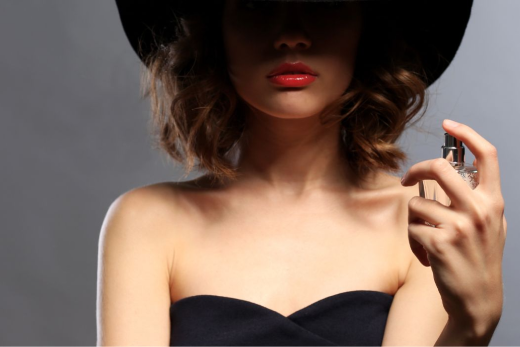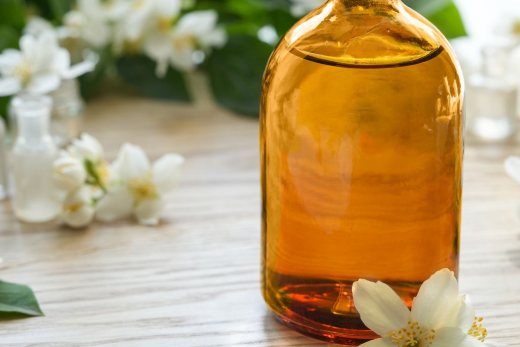In this article, we delve into the fascinating world of perfume, exploring its ancient origins, complex composition and multiple uses throughout history. From the ancient art of perfumery to its modern manifestations, we'll discover how perfume has become much more than a mere accessory, but a true expression of luxury, culture and identity.

Definition and Etymology of Perfume
Perfume, a blend of natural or synthetic essences, evokes a pleasant fragrance. Its name derives from the Latin “per fumum”, recalling the ancient practice of burning incense to create pleasant smells. Initially linked to religious rituals, perfume has diversified over time, becoming an element of seduction and social distinction. Since ancient times, civilizations such as the Egyptians, Greeks and Romans have used it in their cultural and religious practices. Today, modern perfumery, the fruit of centuries of evolution, offers a vast range of fragrances, blending tradition and innovation. Discover fragrance types and let yourself be inspired by the olfactory nuances that define each unique fragrance.
What is a fragrance?
A perfume is a complex aromatic composition sheltered from essences, alcohol and water. It is designed to give off a pleasant, long-lasting scent. The essences used can be of natural origin, such as flowers, fruits or spices, or synthetic, created in a laboratory. Perfume is generally structured in three parts: top notes, which are the first to be smelled but dissipate quickly; middle notes, which are the main aroma and last longer; and base notes, which appear last and give the perfume its long-lasting hold.
Etymology and evolution of the term
The word “perfume” comes from the Latin “per fumum”, meaning “by smoke”. Originally, perfume, often in the form of incense, was used in religious rites to communicate with deities. Over the centuries, the use of perfume expanded and diversified.
- In the Middle Ages : Perfume had a hygienic and therapeutic function, used by doctors to combat epidemics.
- Renaissance : Perfume became an element of beauty and well-being, used to scent the body, clothing and the home.
- 17th century : Perfumery is elevated to an art form. Perfumers, or “noses”, begin to create increasingly complex and refined olfactory compositions.
- 20th century : With advances in organic chemistry, the perfume industry grows exponentially.
- Today : Perfume is considered a luxury product, a symbol of femininity and masculinity, and an essential fashion accessory.
This restructured version highlights the historical evolution of perfume, clarifying the different phases of its development and its various uses over time.

Perfume Composition and Manufacturing Techniques
Perfume creation is an art that combines technique and creativity. Perfumers begin by selecting raw materials, which may be natural such as flowers and spices, or synthetic. After distillation to extract the essences, these are blended to form the “juice”. Next, a period of maturation allows the aromas to mellow, before the perfume is filtered and packaged.
Aromas and fragrances in nature
Nature is an inexhaustible source of inspiration for perfumers. The aromas and fragrances found in nature are incomparably rich and diverse. They are the result of the transformation of chemical substances by plants, animals and micro-organisms. Plants produce a wide variety of fragrances to attract pollinators, repel predators or communicate with one another. Flowers, in particular, are a major source of raw materials for the perfume industry. They produce essential oils, which are extracted by distillation or enfleurage.
Animals also produce scents, to mark their territory, attract a mate or protect themselves from enemies. Some of these scents are used in perfumery, such as musk, ambergris or castoreum. Finally, micro-organisms such as yeast and bacteria play an essential role in transforming raw materials into aromas and fragrances. In particular, they are used in the fermentation of wine, beer and bread.
Perfume manufacturing techniques
Perfume-making is an art that combines technical precision and artistic creativity. Fragrance ingredients, whether natural, such as essential oils and spices, or synthetic, are meticulously selected and mixed in alcohol to form a concentrated solution. This first step requires in-depth knowledge of the properties of each component.
Distillation follows: by heating the solution, the more volatile elements evaporate first, leaving behind an essential oil rich in aromas. This process must be closely monitored to capture the perfect essence of the desired aromas.
Next, this oil is diluted with alcohol and water, a dosage that determines the final concentration and therefore the intensity of the fragrance. The final stage is ageing, lasting several months or even years, allowing the various aromas to harmonize and develop the complexity of the fragrance. This maturation period is crucial for the perfume to reach its full expression.
Using perfumes: Precautions and advice
The use of perfumes can enrich our daily lives, but certain precautions must be taken to avoid unpleasant effects. Before adopting a new fragrance, it's essential to test it on a small area of skin. This allows us to detect any allergic reactions without risking more widespread irritation. In the event of reactions such as itching or redness, it is advisable to stop using the product.
It is also important to moderate the use of fragrances, especially in enclosed spaces. Excessive use can affect indoor air quality by releasing volatile organic compounds. For people with respiratory sensitivities, such as asthma, exposure to high concentrations of fragrance can aggravate their condition. Therefore, we recommend spraying perfume in well-ventilated spaces and avoiding applying it directly to clothing to avoid saturating the immediate environment with overly intense aromas. Explore our extensive perfume collection to find the fragrance that perfectly matches your style and preferences.

Famous perfumes and perfumers
The world of famous perfumes is full of captivating fragrances such as Chanel No. 5, created by Ernest Beaux for Coco Chanel, and Guerlain's Shalimar by Jacques Guerlain. These iconic fragrances continue to attract lovers of fine scents.
Perfumers, or “noses”, are the artists behind these creations. They blend different essences to evoke emotions and create unique fragrances. Figures such as François Coty and Jean-Claude Ellena have left their mark on the industry through their expertise and innovation.
Perfume creation is an art that requires patience and precision, often over several years, to achieve perfection. Despite technical advances, the passion of perfumers remains essential to bring to life fragrances that inspire and captivate.
The importance of the bottle
The perfume bottle is essential to the olfactory experience, much more than just a container. It contributes to the aesthetics of the perfume, protects the fragrance and reinforces the brand's identity. Designed in close collaboration between designers and perfumers, the bottle uses materials such as glass, metal and plastic to combine functionality and beauty. Glass, often chosen for its chemical neutrality, helps preserve fragrance quality by minimizing exposure to air and light. In this way, a carefully designed bottle transforms perfume into a true work of art, enhancing its appeal and value.




